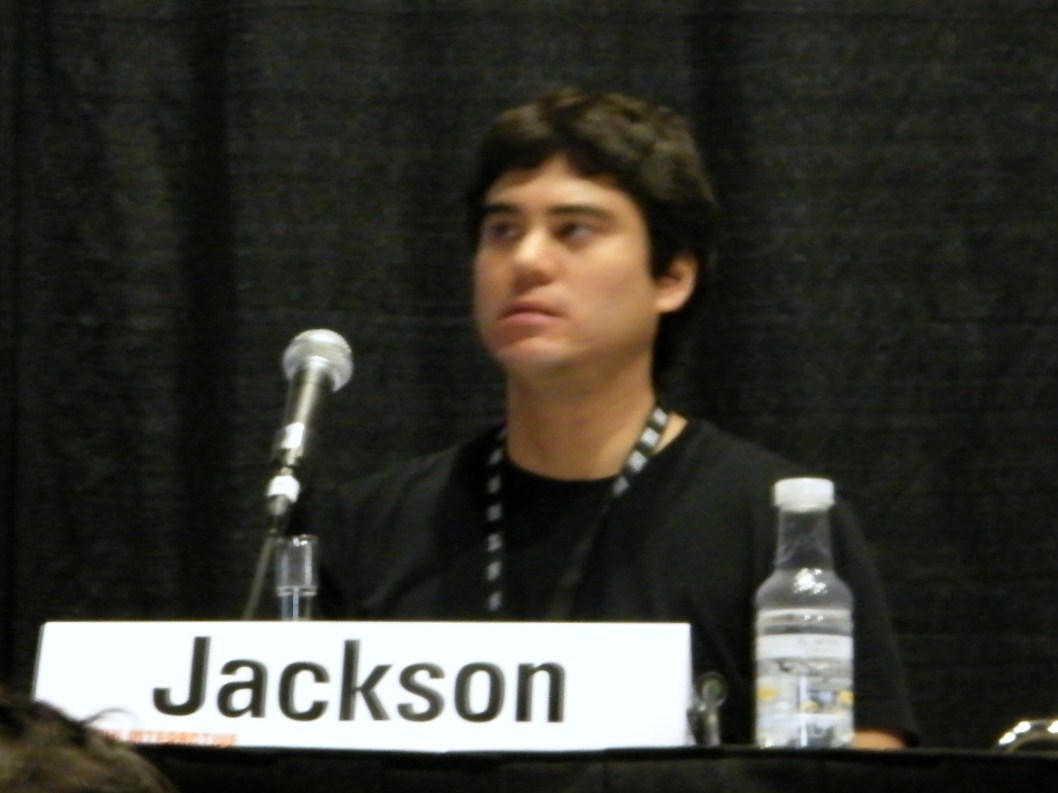Google worked on Buzz for 4 years before launch
"We often try a project several times"

In a panel at South by South West Interactive called 'Gmail: Behind the Scenes', Gmail engineer Jonathan Perlow dropped a jaw-dropping fact: Google had been working on Buzz for four years before it launched.
To find out why it took so long, we spoke with Todd Jackson, Product Manager for Gmail and Google Buzz.
Jackson was keen to point out that it wasn't four years of solid development:
"For many of the projects that we do in Gmail, we'll try something and for whatever reason maybe it will work or maybe it won't work, and sometimes we come back to the projects later," he explains.
"For example, some of the labels work that we launched about a year ago had been an on-going thing. We'd always thought from the beginning of Gmail, how could we improve labels? How could we make them more accessible to people?
"So that's something we often do - it wasn't unique to Buzz in any way. We often try a project several times before we get something that we really like. It's part of our philosophy around iteration."
We asked Jackson how the idea for Buzz came about.
Sign up for breaking news, reviews, opinion, top tech deals, and more.
"The thing that was most interesting to us originally was we had chat in Gmail and we wanted people to be able to share status messages in chat, and then the next logical thing was we wanted to be able to let people reply to status messages, because before Buzz there was no way to do that," Jackson explains.
"You could post a status message, but it could never turn into a conversation. So that was one of the early experiments that we tried before."
The 'experiment' was then put on ice. "For whatever reason there were other projects that we decided were more important," says Jackson.
"The biggest project we did was the entire re-write of Gmail's JavaScript architecture which has allowed us to do more projects concurrently. But for a time two or three years ago the entire team was working on that and so we weren't as able to work on certain different projects. Since that major rewrite we've been able to revisit some of those projects and bring them to life."
What is Buzz for?
Feedback to TechRadar since the launch of Buzz has shown confusion about just what it's for.
"Then we have to do a better job communicating that to people," admits Jackson, going on to explain the Google Buzz philosophy.
"First of all, within Gmail, we want to solve all the ways that users want to communicate. We started with just email and then we added chat and then we added video chat. And this sort of passive social sharing is another way that people obviously want to communicate and so we want Gmail to be a good tool for that. But if people can't figure out what it's for then that's something we need to do better at."
Jackson says Google envisions Buzz as a way for people to be able to "share all kinds of stuff – interesting news that they are reading, photos that they just took, places they went to, chat status messages that turn into conversations, and we want that to be a really easy and fluid experience inside Gmail where we know a lot of people are a lot of the time."
And while that's the vision for Buzz, Jackson admits that the service hasn't yet fulfilled that promise.
"I don't think we're there yet," says Jackson. "It's something that we are continually working on and launching new features. We just launched some features that are enhancements to Buzz and you're going to see us continue to work on it and add new features to serve this vision that we have where people will be using it as a major communication tool."
After watching War Games and Tron more times that is healthy, Paul (Twitter, Google+) took his first steps online via a BBC Micro and acoustic coupler back in 1985, and has been finding excuses to spend the day online ever since. This includes roles editing .net magazine, launching the Official Windows Magazine, and now as Global EiC of TechRadar.